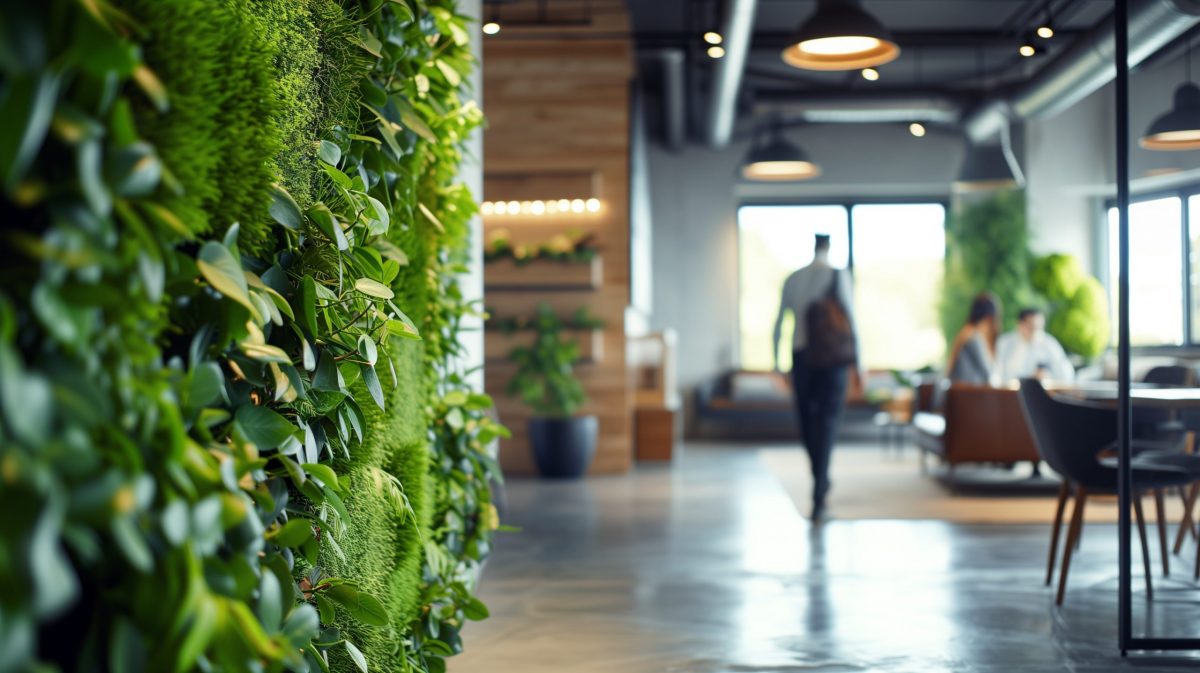In today’s world, focusing on eco-friendly construction has become more crucial than ever. Whether you’re a homeowner dreaming of sustainable places or a real estate developer prioritizing green projects, eco-friendly construction DIY tips can offer valuable insights and strategies. By embracing these tips, you can contribute to an environment-friendly future, ensuring that your construction practices are not only beneficial to your living space but to the planet as well.

Understanding Eco-Friendly Construction
When we talk about eco-friendly construction, we refer to building practices that aim to minimize environmental impact. This isn’t just about using sustainable materials or building energy-efficient homes. It’s a holistic approach that encompasses every aspect of the construction process, from the planning stages to the finishing touches, ensuring that the end product is as sustainable as possible.
Benefits of DIY Approaches
Taking a DIY approach to eco-friendly construction can save costs and give you peace of mind knowing exactly what goes into your home. Additionally, implementing DIY eco-friendly construction tips can make the construction process more enjoyable and personalized to fit your specific needs and green standards.
Materials to Consider
To get started, lets explore some sustainable materials to use. Reclaimed wood, recycled steel, and bamboo are excellent choices. They are not only durable but also reduce the need for additional resources. Furthermore, they add a distinct charm and character to any home project.
Energy Efficiency Strategies
Energy efficiency is a cornerstone of any eco-friendly construction. Simple steps such as installing LED lighting, using solar panels, and incorporating smart thermostats can significantly reduce energy consumption. Additionally, consider proper home insulation to maintain temperatures and reduce heating/cooling needs.
Water Conservation Tips
Conserving water is another vital part of eco-friendly building. Implement low-flow toilets and faucets to minimize water usage. You might also want to consider greywater systems, which recycle water from showers and sinks to use in gardens or for flushing toilets.
Waste Management Practices
During construction, managing waste is essential. Segregate your waste efficiently and consider reusing materials wherever possible. Composting waste can help in diverting it from landfills and can be beneficial if youre working on an outdoor project.
Check out this Green Building Council for more guidelines on eco-friendly construction standards.
Design with Nature
Design your spaces to work with the natural surroundings instead of against them. This means considering the suns path for natural lighting, using landscape to naturally insulate your home, and considering the local climate and ecology in your designs.
Incorporating Vegetation
Incorporating vegetation into your design can help reduce energy costs and improve air quality. Green roofs and living walls can also add aesthetics to your property while offering environmental benefits.
Involving the Community
Engaging with your community not only provides support but it may offer local materials and expertise. With growing trends in Eco-friendly Trends, building sustainable communities collectively will result in a broader impact.
Regulations and Certifications
Familiarize yourself with local building codes and seek to obtain eco-friendly certifications. These can add value to your property while guaranteeing that all environmental regulations are respected.
Long-Term Maintenance
Consider the long-term maintenance of your construction. Eco-friendly homes generally have lower maintenance costs due to their durability and high-quality materials. Regular maintenance is key to keeping them sustainable over the years.
Exploring Alternative Building Techniques
Techniques such as straw bale construction or earthbag building can offer environmental and aesthetic benefits. These methods have been used for centuries and continue to be relevant due to their low environmental impact and excellent insulation properties.
Building Partnerships
Collaborate with architects and builders who specialize in green building. This partnership can provide you with innovative solutions and techniques like the Sustainable Building Best Practices.
The Role of Technology
Leveraging technology can streamline the DIY construction process. Use apps and software for design planning, sourcing materials, and calculating energy efficiency, making the process more systematic and error-free.
Final Thoughts
Eco-friendly construction is not just a trendit’s a necessity for a sustainable future. By adopting these practical eco-friendly construction DIY tips, you’ll not only create a healthier environment for yourself and future generations but also potentially reduce costs and increase the value of your project.

FAQs
- What are the major benefits of eco-friendly construction?
It reduces environmental impact, lowers energy costs, and improves indoor air quality while often increasing property value.
- Is DIY eco-friendly construction cost-effective?
Yes, DIY approaches can reduce costs as you control material choices and methods while increasing personalization to needs.
- What certifications are available for eco-friendly homes?
Check certifications such as LEED or ENERGY STAR, which are globally recognized and signify adherence to high environmental standards.
This article contains affiliate links. We may earn a commission at no extra cost to you.



